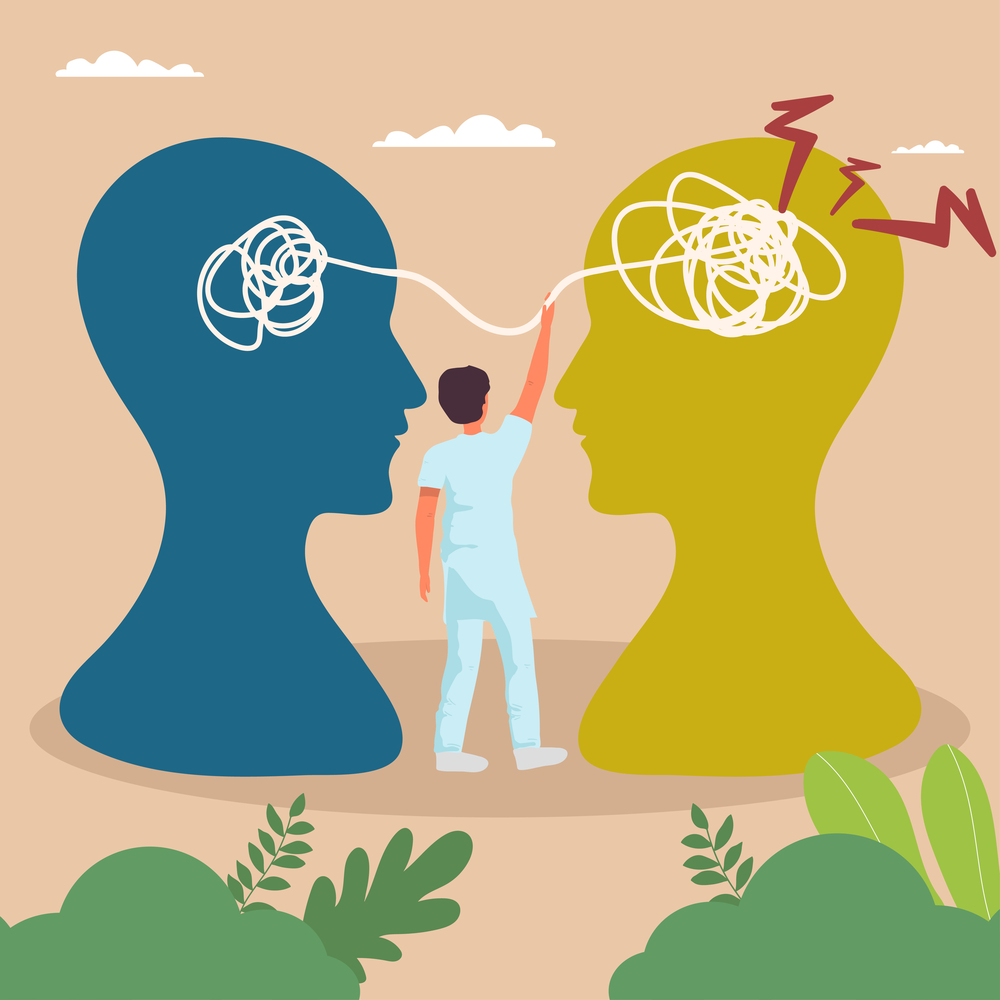Contemporary mental health practice is moving away from conventional diagnostic frameworks like the DSM or ICD that are riddled with issues. In this paradigm shift, trans-diagnostic and trans-theoretical constructs like mentalization are gaining attention for their ability to succinctly explain healthy psychological functioning from a psychosocial perspective.
The Clinical Psychology Review recently published an article by Patrick Luyten and his team from the University College London and the University of Leuven. The article systematically reviewed the scientific literature on mentalizing in psychological interventions for adults with various mental health disorders to evaluate the evidence base.
According to the authors:
“Mentalizing, or reflective functioning, is the human capacity to understand the actions of others and one’s own behavior in terms of intentional or mental states, such as feelings, wishes, goals, and desires. It is a species-specific, evolutionarily prewired capacity that is rooted in the capacity for joint attention and shared intentionality.”
The findings suggest that effective mentalizing can mitigate the automatic, often negative, internal responses that contribute to mental health issues, highlighting its potential in treating a wide range of psychological problems. This supports a shift towards more personalized, psychosocially informed models of care that consider patients’ unique mentalizing profiles and capacities.
















Lasting change can only occur when someone finally realizes that the problem is in the structure within which they operate. The problem-solving structure is not the answer as, by it’s very nature, it requires the problem to continue to exist at some level, ever lurking in the background for its return.
The Creative Structure proves more long-lasting as it opts to create some choice other than the relief of the problem. For instance, one could try to lose weight as a solution to obesity. (Problem Solving) Another choice, should one choose to operate as a conscious creator that they actually are, would be to choose health and vitality. (Creative Structure)
As someone choosing health and vitality, one would naturally eat healthy, because that’s what healthy and vital people do. A healthy and vital person is naturally going to be more active by either walking more, cycling, or going to the gym and moving some weights around, because that’s what healthy and vital people do.
It all comes down to choice.
Rhapzody Barreiro, Magnetic Mind Certified Coach at Transformationsrus.com
Report comment